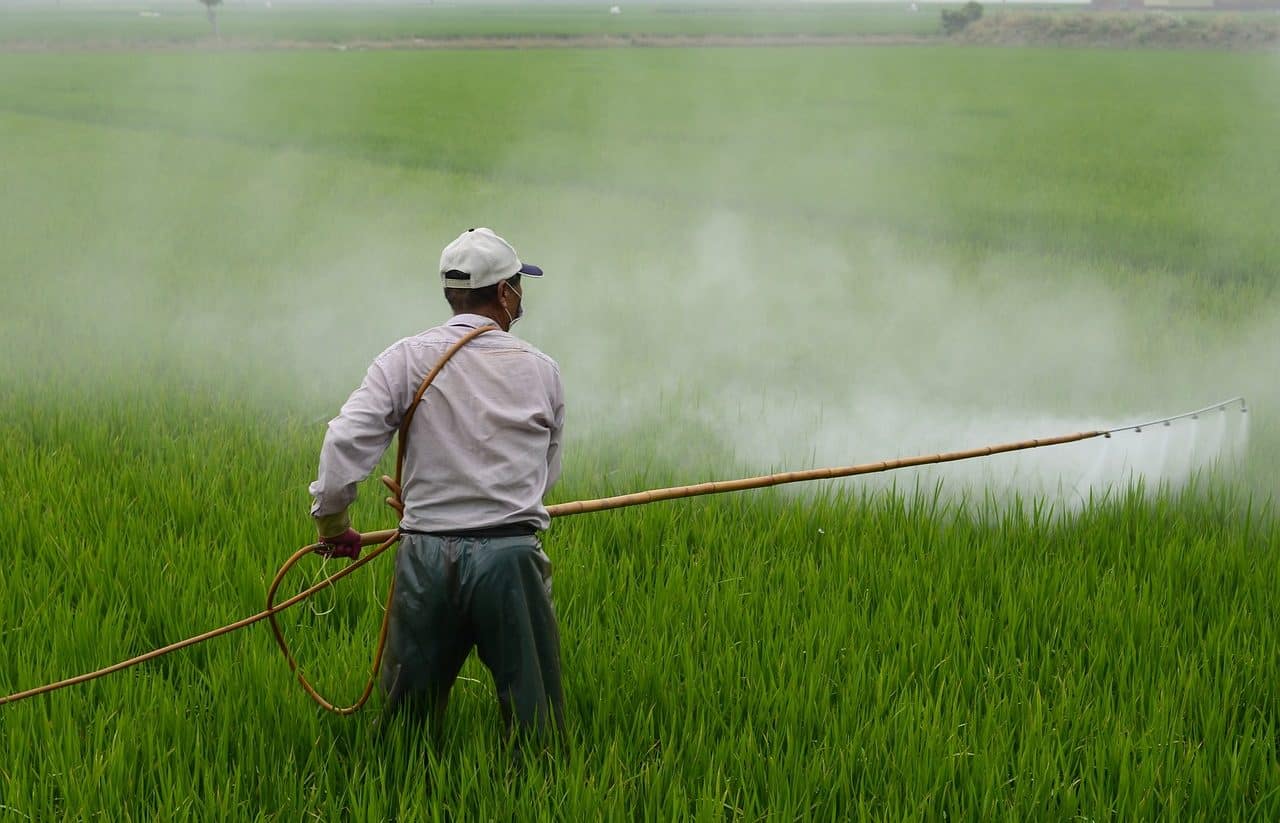
A pesticide helps keep away or eliminate pests.
A pesticide is a combination of substances used to scare away or eliminate pests . This concept (pest), for its part, refers to those organisms that appear suddenly and in large quantities, generating different damages to people, crops, etc.
The purpose of pesticides, therefore, is to prevent the spread of living beings that constitute pests. It is not only about fighting insects or fungi , but it can also be intended to eliminate plants or other organisms that come into this consideration.
The development of pesticides was essential for the growth of agriculture . Thanks to their effectiveness and low cost, starting in the 1980s , they allowed crops to be protected from almost any biotic threat. However, in the long term, it has been shown that the indiscriminate use of pesticides affects the environment and even modifies pests, making them more resistant.
Benefits and risks of using pesticides
It is important to note that pesticides can be poisons or other toxic substances, capable of even affecting humans . That is why they must be used responsibly and the authorities must control the components of each pesticide that is available on the market.
Despite these risks and side effects, pesticides can be effective in eliminating insects or rodents that transmit diseases to people, in combating species that feed on plants or fruits grown for human consumption, or in removing fungi capable of infecting humans. affect a construction.

Pesticides can be organic or synthetic.
Composition of synthetic products
The massification and excessive use of synthetic pesticides, as opposed to natural ones, which can be prepared at home, has brought negative consequences for agricultural production, such as the imbalance of certain ecosystems. Below is the classification of this type of pesticide (of which there are more than 500 different products) according to its chemical composition :
Chlorinated
This class of pesticides includes gamexane, dieldrin, octachlor, heptachlor, DDT and aldrin. It has fat-soluble molecules and was created and distributed since 1945, after the Second World War. Its worst disadvantage is that its molecules are very stable and can last for a long time. In addition, it is capable of entering food chains through the ingestion of a food on which it has been sprayed; In mammals it can cause problems such as liver poisoning . In some countries, including Argentina, its use is prohibited by law .
Phosphorous
Two pesticides of this type are monocrotophos and parathion. These are substances with a considerable level of toxicity , even when used in low doses. Although its action lasts much less than that of chlorinated agents, contact with the skin must be avoided by all means, as it can cause very serious damage to people of all ages. Despite being banned in many countries, the fact that it is a very inexpensive type of pesticide means that it is still allowed in certain parts of the world.
carbamate
Carbofuran and aldicarb are two pesticides that belong to this class and their effect is similar to that of phosphorus pesticides. Within the long list of substances that may be present in a carbamate pesticide, some are highly toxic, but it also has others that do not represent great dangers to our health .
Pyrethroid
A group of pesticides that includes deltamethrin and cypermethrin, among others, and that aims to imitate the action of the substance known as pyrethrin, which is extracted from chrysanthemums and is used as a natural pesticide ; The problem is that its molecule is very unstable and falls apart very easily. To counteract this drawback, scientists combine it with bromine or chlorine.
